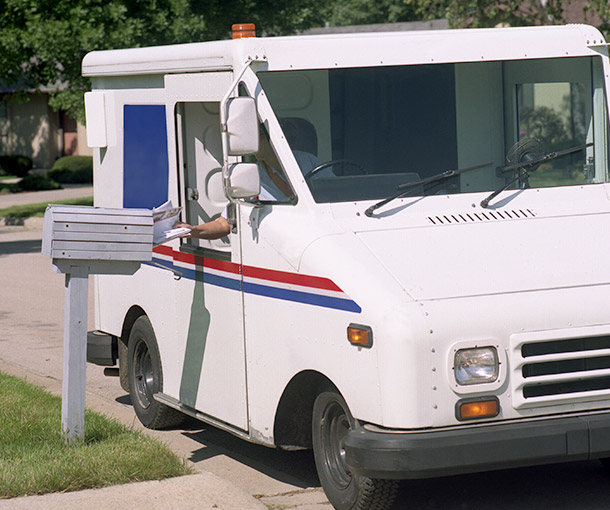Understanding Targeted Mailing
Targeted mailing lists are created using data mining techniques. The effectiveness of a targeted mailing list is dependent on the validity of the data and ability of your list provider to leverage that data. The better the data, and the better the list provider is at manipulating it, the better your mailing list will perform.
With targeted mailing, you get to choose exactly the type of person you want to send your direct mail advertising to by targeting the demographics that consistently appreciate and purchase your goods and services. Targeted mailing lists allow you target people who are most likely to purchase your services based on key characteristics like age, income, and location, allowing you to reach out to your ideal customer.
Targeting mailing is best used by companies that offer a product or service which is beneficial only to a select set of demographics. For example, you would not send an HVAC advertisement to people living in a large apartment complex because they are not responsible for the heating and cooling of the building.
|
|
 |
| |
Understanding Saturation Mailing
Saturation mailing is an Every Door Direct Mail (EDDM) style direct mail campaign where the list is composed of every postal recipient in a specific USPS carrier route, zip code, city, or county.
Direct mail sent out using saturation mailing lists are less targeted and are best for businesses who service a specific geographic area or radius. For example, a food delivery service that services all homes within a given city would use a saturation list to alert consumers in that area about their deals and services.
Saturation mailing is best used by businesses whose products and services benefit a wide range of people.
The second step to creating a successful direct mail campaign is to understand the crucial relationship between reach and frequency.
|
|
 |
| |
Reach & Frequency
Reach, also referred to as “circulation”, is defined by how many people will receive your direct mail piece.
Frequency is defined by how many times those same people will receive your direct mail pieces in a given period of time, usually within a calendar year.
Finding the right balance between reach and frequency can make or break your direct mail campaign. At City Publications North Shore, we have leveraged our experience working with diverse small and midsized companies to find the perfect reach and frequency formula.
We have found that the best results for small to midsized companies come from mailing to the same list a minimum of 4-6 times for optimal response and return on investment (ROI).
|
|
 |
| |
 |
|
This is because repeated exposure to messaging over a period of time creates better brand awareness and increases the likelihood that an advertisement reaches a consumer when they are looking for that product or service. For example, if a company has enough in their direct mail budget to create 30,000 direct mail impressions, it is more effective to do 4 mailings to a properly targeted list of 7,500 people or, 6 mailings to 5,000 people than to send a single piece out to 30,000 different households.
The more a consumer sees your brand, the more likely they are to remember it. The more often you send out a direct mail piece, the more likely you are to reach a consumer at the moment they need your product or service.
While it may be hard to believe, businesses have a higher response rate and greater ROI by sending repetitive direct mail pieces to a well-crafted, targeted list rather than sending out the direct mail piece to the largest number of recipients they can afford in just one mailing.
|
At City Publications North Shore, we have formulated the proper balance of reach and frequency to help our clients get in front of the right customers, at the right time.
Explore more about direct mail View Direct Mail Statistics
 |
At City Publications we offer a wide range of direct mail options to take any business to the next level. Use our program comparison chart to find the best program to optimize your marketing strategy.
|






